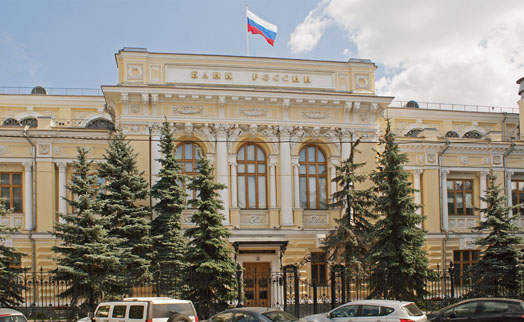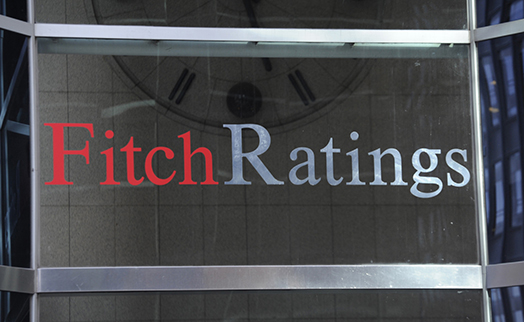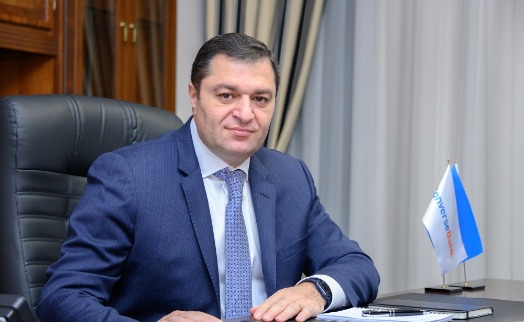29.12.2009 21:01

YEREVAN, December 29. /ARKA/. Armenian financial system has avoided strong shock amid the recession, Arthur Javadyan, chairman of the Central Bank of Armenia said answering questions at an online conference on www.armbanks.am.
“Banking sector is an important component of financial system,” he said. “This sector’s share in the financial system’s assets is 93%.”
“Impacts of the global recession on Armenia’s banking system became visible at the fourth quarter 2008. However, Armenian banks have managed to stand this test, first of all thanks to high capitalization.”
Javadyan said that commercial banks’ risks are controllable.
Capital adequacy norm is 29% - far higher than the lowest benchmark set at12%.
Current and general liquidity adequacy norms are 35% and 147% accordingly, while lowest benchmark are set at 15% and 60%.
Open foreign currency position constitutes 0.4% of the capital.
At the same time, the head of the central bank pointed out some faults of Armenian banking system.
In particular, quality of credits worsened, and standard loans (good loans) constituted 92.6% of total loans by late 2009 against 95.6% earlier this year.
“However, in comparison with other countries’ loan quality, this result is high enough,” Javadyan said.
He said that “bad loans” make up 10% of banks’ aggregate credit portfolio.
Javadyan also said that as the national economy began rallying by late 2009, quality of loans started improving.
The share of classified (controlled, non-standard and doubtful) credits is 7.4% now against 4.4% in the beginning of this year.
“I should say for comparison that this indicator exceeds 8% in other countries’ banking systems,” Javadyan said. “For example, it is ranging between 8 and 11% in Latvia, Lithuania, Moldova and Georgia, and even higher in Ukraine and Kazakhstan.”
The head of the central banks said both banks and borrowers were very cautious in the first half of 2009.
This cautiousness hobbled the lending market’s development and caused sluggishness.
However, in the second half of the year the market made a rally fueled by banks and borrowers’ optimistic expectations as well as the central bank’s expansionary policy and various governmental programs.
As example, Javadyan singled out the German-Armenian mortgage program, the bailout program financed from the Russia-extended loan and the WB program on supporting small- and mid-scale businesses.
Individuals and legal entities’ optimistic outlooks as well as some signs of economic recovery healed the crediting market.
Javadyan put a special emphasis on the fact that in 2009 loans were extended mainly to small- and mid-scale businesses to spur economic growth and the banking system’s development.
Thanks to the measures taken amid the crisis, Armenian banks built up their assets by 25%, enlarged their aggregate credit portfolio by 11%, liabilities by 29%, deposits by 35% and capital by 13% in 2009. -0---
Read the news first and discuss them in our Telegram
Tags:






















